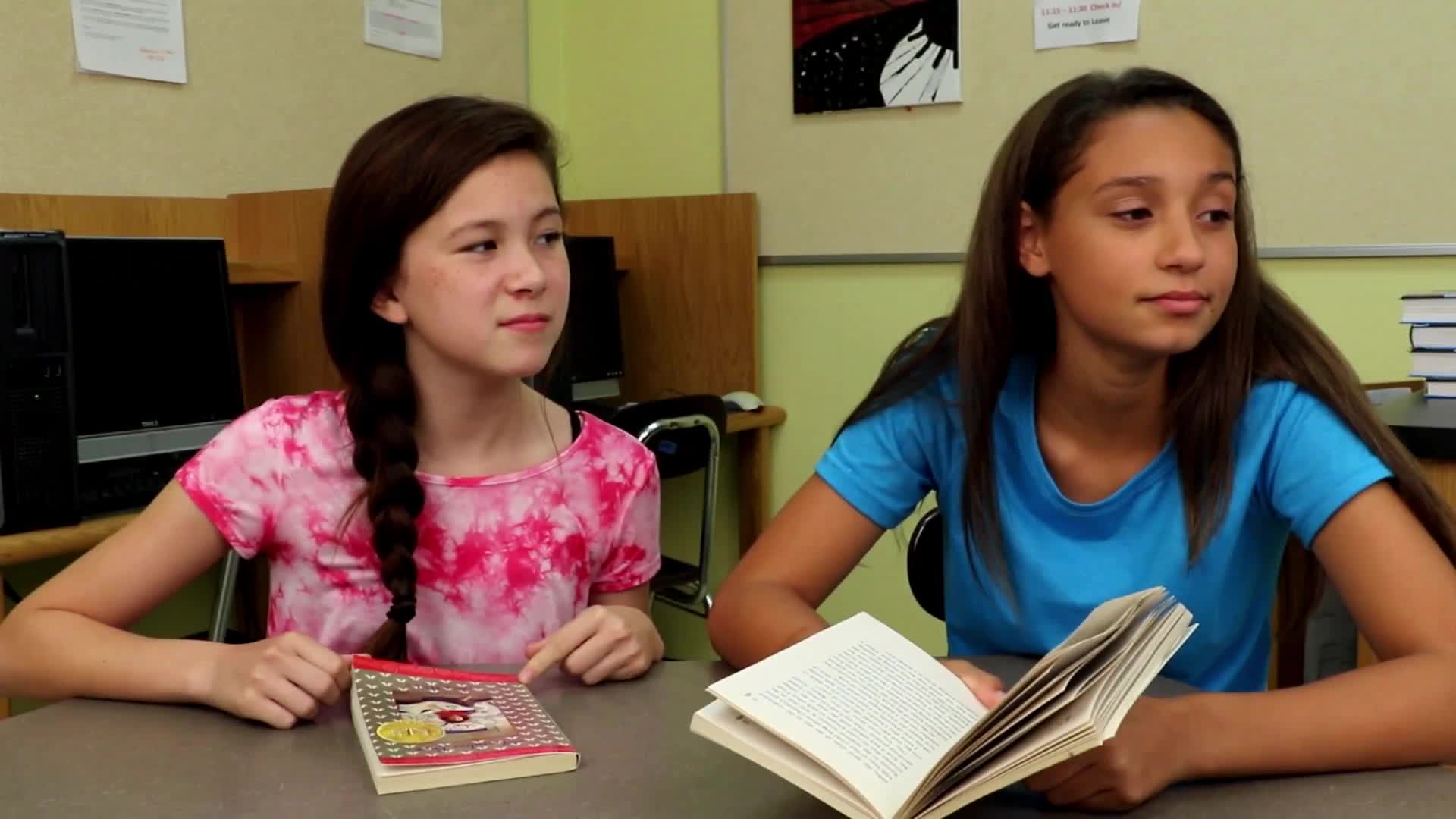
Introduction
Effective communication is a key aspect of Social-Emotional Learning, and respectful conversations are essential for building strong relationships. One common issue that can hinder communication is talking over someone. This occurs when we keep trying to talk while the other person is still speaking, making it difficult to have a meaningful conversation. Teaching students to be mindful of their conversational habits can significantly improve their communication skills and promote positive interactions with others.
No-Prep Activity: Stoplight Conversations
A simple, no-prep activity to teach students the importance of not talking over others is called Stoplight Conversations. In this activity, you can use the analogy of a stoplight to help students understand when it’s appropriate to talk and when it’s time to listen. Here’s how it works:
- Divide the students into pairs.
- Explain that one person is the speaker (green light) and the other is the listener (red light).
- Give the speaker a topic to discuss for one minute, while the listener pays close attention.
- After one minute, ask the listener to summarize what the speaker said, making sure they didn’t interrupt during the conversation.
- Switch roles and repeat the process.
By practicing Stoplight Conversations, students will learn to recognize when it’s their turn to speak and when they should be listening, helping them avoid talking over others in future conversations.
Discussion Questions
After completing the Stoplight Conversations activity, engage students in a discussion using the following questions:
- How did it feel when you were listening without interrupting? Were you able to understand the speaker better?
- What strategies did you use to make sure you didn’t talk over your partner?
- Can you think of a time when someone talked over you? How did it make you feel?
- How can practicing good listening skills help you build better relationships with others?
- Why is it important to wait for the right time to speak during a conversation?
Related Skills
Teaching students to avoid talking over others is just one aspect of improving their communication skills. Other related skills that can be taught alongside this concept include:
- Active listening: Encouraging students to listen attentively, make eye contact, and ask clarifying questions.
- Empathy: Helping students understand and share the feelings of others during conversations.
- Nonverbal communication: Teaching students to recognize and interpret body language, facial expressions, and tone of voice.
- Conflict resolution: Providing strategies for students to resolve disagreements and misunderstandings in a respectful manner.
Next Steps
Now that you have learned about the importance of not talking over others and practiced the Stoplight Conversations activity, you can continue exploring strategies and resources to enhance your students’ communication skills. Sign up for free samples of skill-based activities and lessons on Everyday Speech to help your students develop strong conversation habits and foster positive relationships with their peers.

